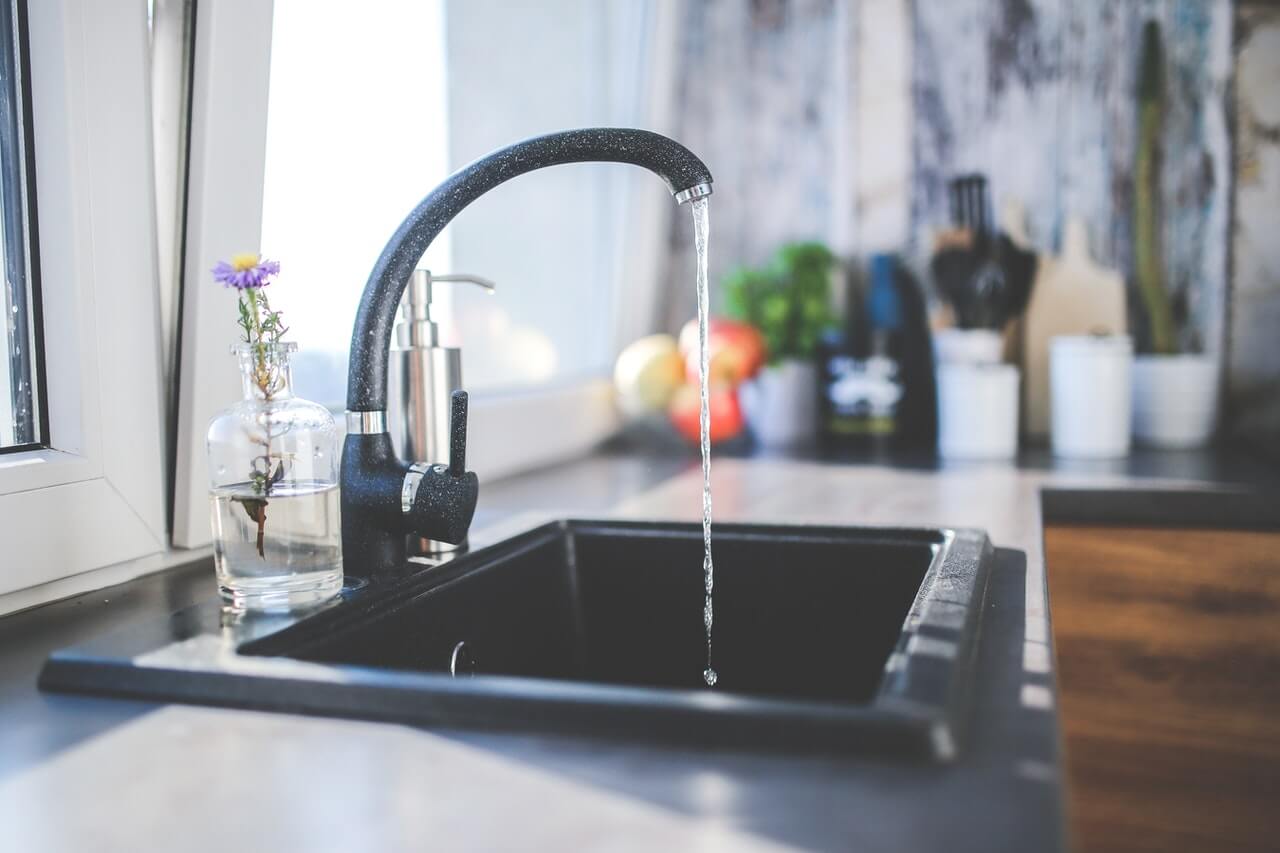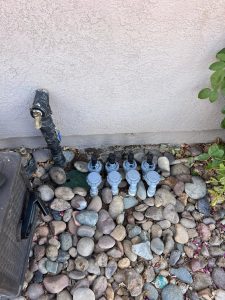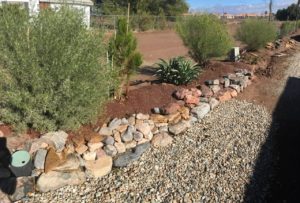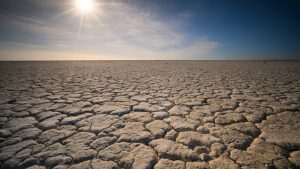What’s Water Efficiency?
Water efficiency is the wise utilization of our water sources through water-saving technology and easy steps we could all take round the home. Using water efficiently can help ensure dependable water supplies now and for future generations.
Successful water control and usage are crucial for all california residents, services, and companies. As our population increases along with the climate fluctuations, we must use water to make sure we can encourage healthy communities, markets, farms, ecosystems and ethnic customs that rely on a dependable water source. Handling strategic, integrated strategy that includes a strong accent on water use conservation and efficiency.
Why Conserve Water?
As well as saving money on your utility bill, water conservation helps prevent water contamination in neighboring rivers, lakes, and local watersheds. Conserving water also prevents greenhouse gas emissions related to treating and distributing water.
Conserving water may also prolong the life span of the septic system by lowering soil saturation and decreasing pollution as a result of leaks. Overloading municipal sewer systems may also result in untreated sewage to flow to rivers and lakes. The smaller the quantity of water flowing through those methods, the lower the probability of contamination. In certain communities, expensive sewage system growth was prevented by community-wide household water conservation.
Check your toilet for leaks.
Place a couple drops of food coloring in your toilet tank. If, without flushing, the coloring begins to look at the bowl., you have a flow which might be wasting over a hundred gallons of water every day.
Quit using your toilet as an ashtray or wastebasket
Each cigarette butt or tissue that you flush out also melts five to seven gallons of water.
Place a plastic bottle in your toilet tank
Place an inch or two of sand or pebbles in the bottom of a 1 liter bottle to weigh it down. Fill the remainder of the jar with water and place it in your toilet tank, safely away in the working mechanism. In a typical home, the bottle can store gallons or more of water daily without damaging the efficacy of the bathroom. If your tank is large enough, you might even have the ability to add two bottles.
Take shorter showers A normal shower uses five to ten gallons of water per minute. Limit your showers to the time that it takes to soap up, wash and grow off.
Install water-saving showerheads or flow restrictors
Your hardware or plumbing supply store stocks inexpensive showerheads or flow restrictors which may cut your shower leak to approximately three gallons per minute as opposed to five. They’re simple to install, and also your showers will still be refreshing and cleansing.
Take baths
A partially filled tub uses less water than all but the tiniest showers. Turn off the water while brushing your teeth before cleaning wet your brush and fill a glass for rinsing your mouth.
Turn off the water when shaving
Fill the base of the sink with a few inches of warm water to wash your razor.
Check faucets and pipes for leaks
A small drip can waste 50 or more gallons of water every day.
Use your automatic dishwasher
for full loads only each time you run your dishwasher, you employ about 25 gallons of water.
Use your automatic washing machine
Just for full loads onlyYour automated washer utilizes 30 to 35 gallons per cycle.
Do not Allow the faucet run while you clean vegetables
Scrub your veggies in place of a sink or bowl filled with fresh water.
Keep a bottle of drinking water in the fridge
This puts a halt to the inefficient practice of running tap water to cool for drinking.
If you wash dishes by hand, do not leave the water running for rinsing
incase you have two sinks, fill one with rinse water. In case you have only 1 sink, first collect all of your cooked dishes in a dish rackthen wash them quickly using a spray device or even a bowl of water.
Check faucets and pipes for leaks
leaks wastewater 24 hours per day, seven days per week. An economical washer is generally enough to prevent them.
Water your lawn only when it requires watering
on a standard schedule does not allow for trendy spells or rain which decreases the need for watering. Measure on some bud. If it springs back up once you move your foot, then it does not require water.
Deep-soak your yard
If you do water your yard, water it enough for water to float down to the roots where it’s necessary. A light sprinkling that sits on the surface will just vanish and be squandered.
Water during the cool Areas of the day
early morning is far better than dusk since it helps prevent the development of fungus.
Do not water the gutter
Position your sprinklers so that water lands on your lawn or backyard, not in locations in which it does no good. Additionally, avoid watering on windy days when a lot of your water might be taken off to the roads and sidewalks.
Plant drought-resistant plants and trees
Many beautiful trees and plants thrive with irrigation.
Place a layer of mulch around plants and trees
Mulch reduces the flow of moisture. Use a broom to clean driveways, sidewalks, and steps with a hose waste hundreds and hundreds of gallons of water.
Do not run the hose while washing your car
soap your automobile with a pail of soapy water. Use a hose just to rinse off it.
Tell your kids not to play with the hose and sprinkles
kids like to play beneath a hose or sprinkler on a hot day. Sadly, this practice is very wasteful of valuable water and ought to be discouraged.
Check for leaks in pipes, hoses taps, and couplings
Leaks outside the home are easier to dismiss because they do not mess up the ground or keep you awake during the night. But they are sometimes more ineffective than indoor water leaks particularly when they happen on your main water line.




